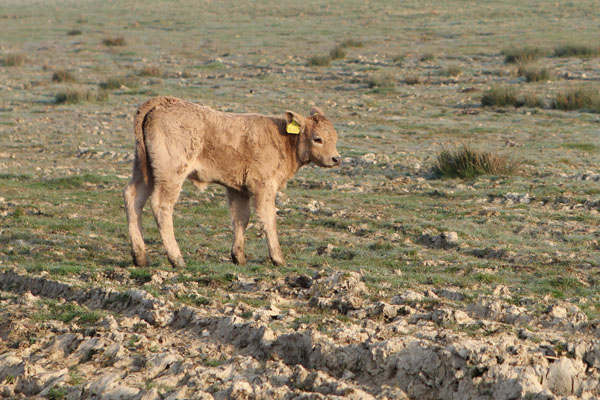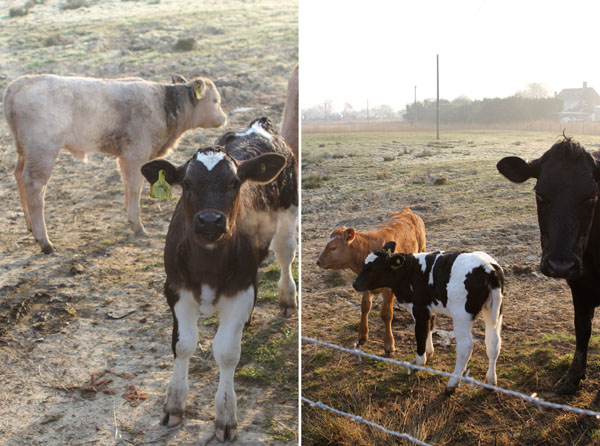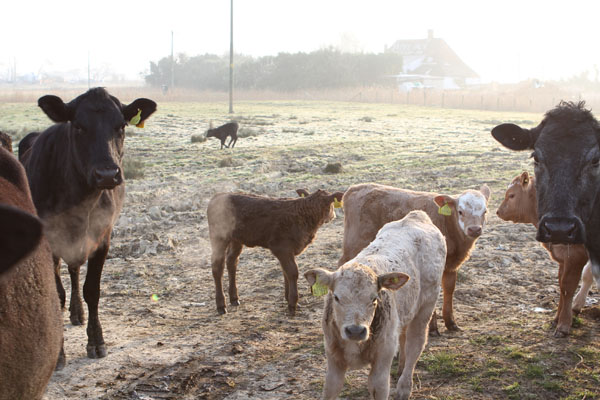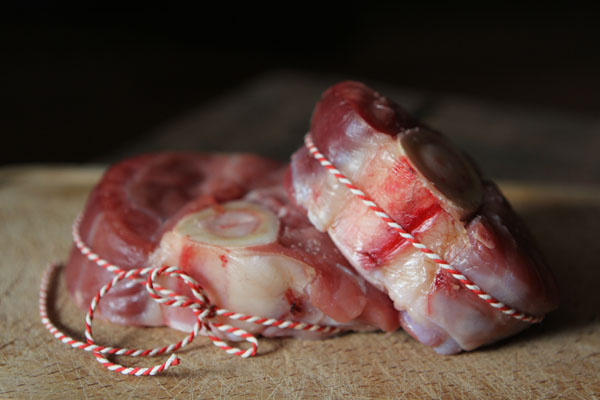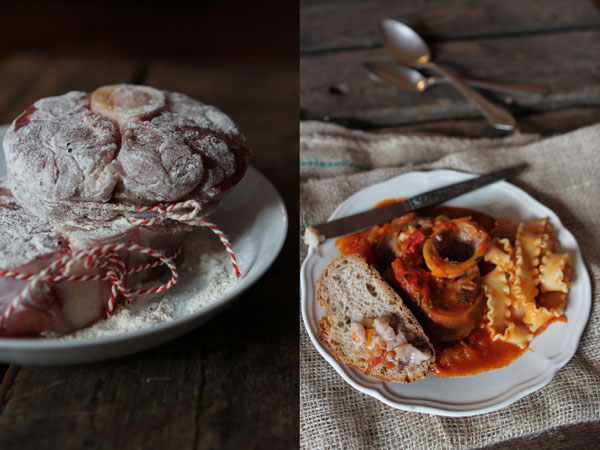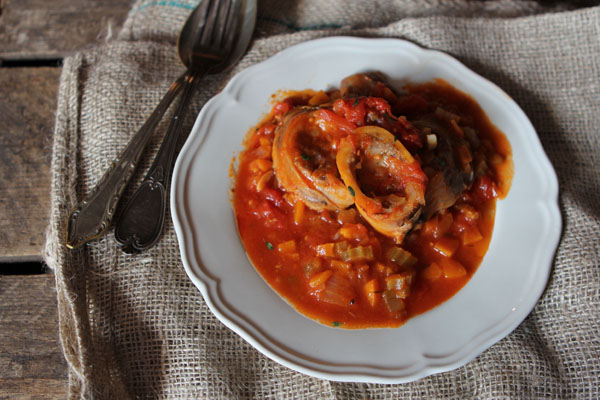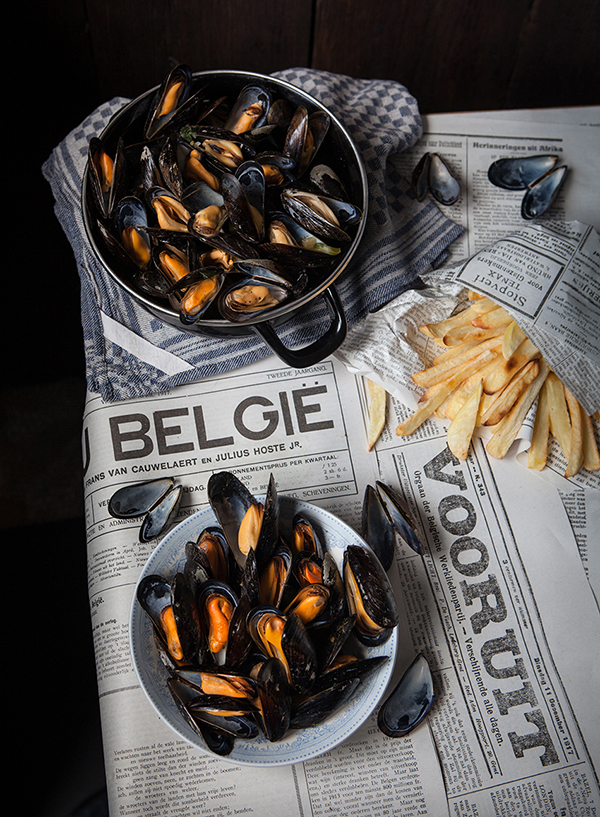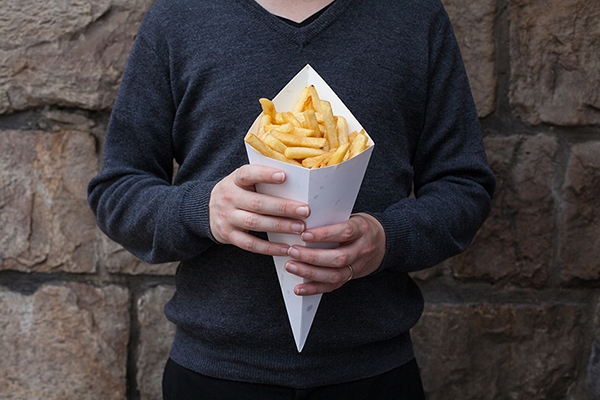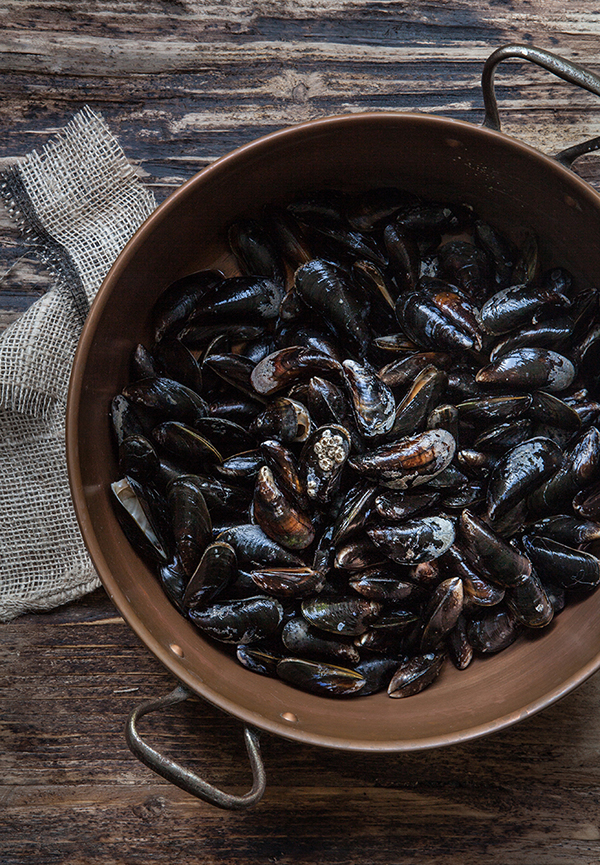The post How free range is your bacon? appeared first on Miss Foodwise.
]]>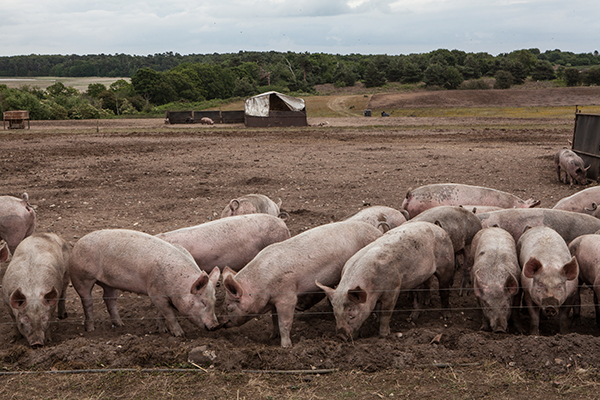 |
| kisses on the free range fields |
It came as a bit of a surprise to me that less than 3% of the pork in the UK is actually truly ‘free range’. You think if you choose for the ‘freedom foods’ or ‘red tractor’ label, you’re sorted, but no, that doesn’t mean your bacon is free range at all.
To learn more, I ventured out to sunny Suffolk to meet up with second generation pig farmer Alastair Butler on their family farm Blythburgh Free Range Pork.
As it turnes out, a lot of the pork we think to be free-range, has actually not had a better life than a pig in an intensive farm. We assume when we spot the label ‘outdoor bred’ or ‘outdoor reared’ that it is free-range, only it isn’t.
First we have to understand how pig farming works.
There are two stages or herds, the ‘breeding herd’ – these are the sows and the newly born piglets, and the ‘finishing herd’ where the piglets go after they are weaned which is after about four weeks of age.
In the majority of the higher welfare farms, the high welfare terminology only applies to the first herd, the sows and their babies.
Outdoor bred and outdoor reared is NOT free range pork.
Outdoor bred: this means the breeding herd is kept free range but the after the piglets are weaned, they are moved indoors to the finishing herd where they are intensively reared. The pork from these pigs will not be any different from your average intensive farm.
Outdoor reared: here the breeding herd is free range too, and the finishing herd is kept in a semi outdoor arrangement of tents or huts. The pigs do not have free access to the outside, and are confined to these huts and tents at all times. Alastair refers to this arrangement as ‘intensively reared outdoors.’
Free range: here the breeding herd is free range, and the finishing herd is kept in an even larger free range space. This is the only true higher welfare farming system.
Blythburgh is one of the largest free range farms in the UK, this means that the pigs have an incredibly large amount of land to roam freely. The animals grow slower, which means the fat has been around the muscle for longer and therefore delivers more flavour.
But for Alastair the welfare of the pigs is what’s most important, he steps into the field with his dad and nearly all of the pigs in the field come storming towards him to see what is going on and have a sniff on the farmers leg and shoes. “This is what it’s all about” he says “pigs showing their natural behaviour which is that they are incredibly curious and clever animals”.
I asked him if he is still smitten with the breeding herd after years of seeing piglets being born, and he tells me that he still loves everything about the breeding herd, but the fact that they have to keep the sows on a more confined paddock means he prefers to visit the finishing herd which looks to me like a gang of friends having a nice play in the sand rather than a bunch of farm animals being finished for slaughter.
The natural behaviour of a pig is to root in the soil and eat the mud, they love a good dust bath or wallow in the muddy pools and enjoy a good run. Imagine if you would place an animal like this on a concrete floor, with no light apart from a couple of industrial lights if they are lucky. No fresh air, nothing. Farrowing crates contain the sows, they are so tight that they can not turn, they can not stand, they just have to lie there. Piglets are taken from these animals after birth, while pigs are known for being good mothers, imagine what the animal must be feeling. And that is what is important, we can’t ignore that animals have feelings. Farm animals are no different from pets. It is important to take a stand against intensive farming, and eat less meat, but choose to buy high welfare meat.
Ask your butcher where the meat comes from, investigate by looking up the farms website to see that you are getting your money’s worth in free range meat.
There is no room in this day and age for animal abuse, so find a free range source for your meat.
From farm to plate
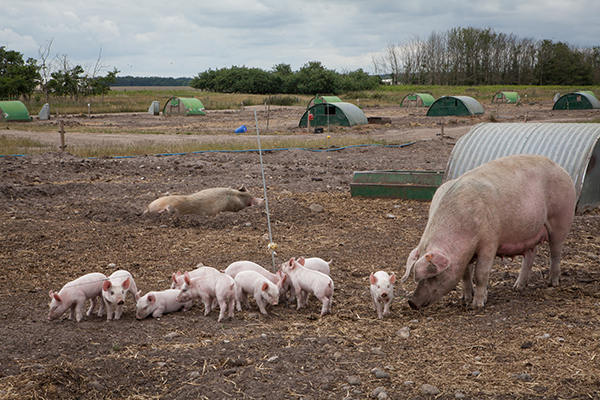 |
| The breeding herd |
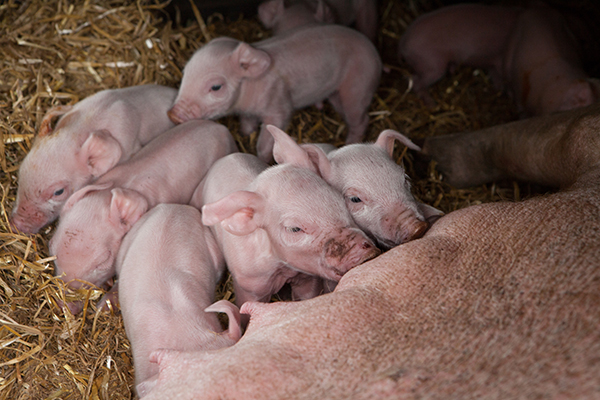 |
| A happy mama and her babies fighting over the best teat |
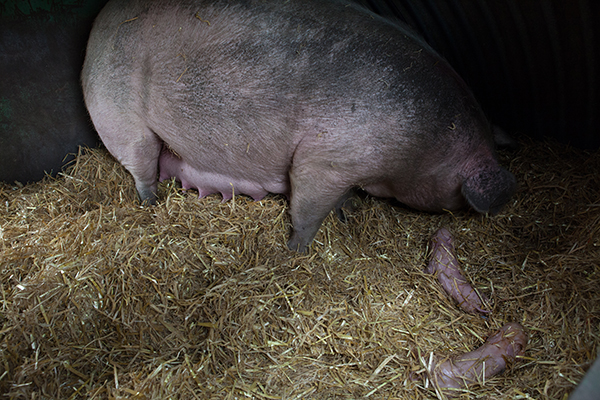 |
| And suddenly another mama started farrowing, she covered her piglets in straw to keep warm |
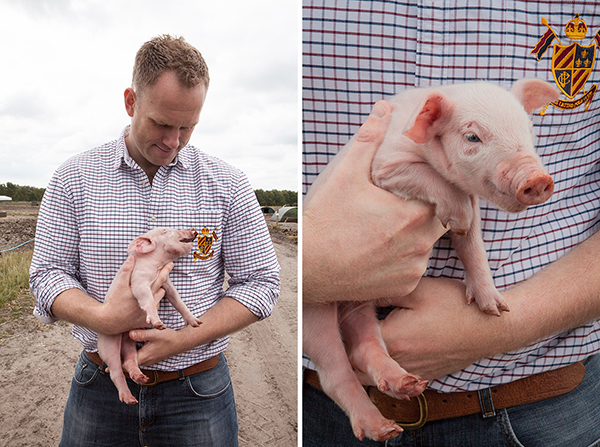 |
| Alastair Butler and his piglets. I got to hold her too, she fell asleep on me. |
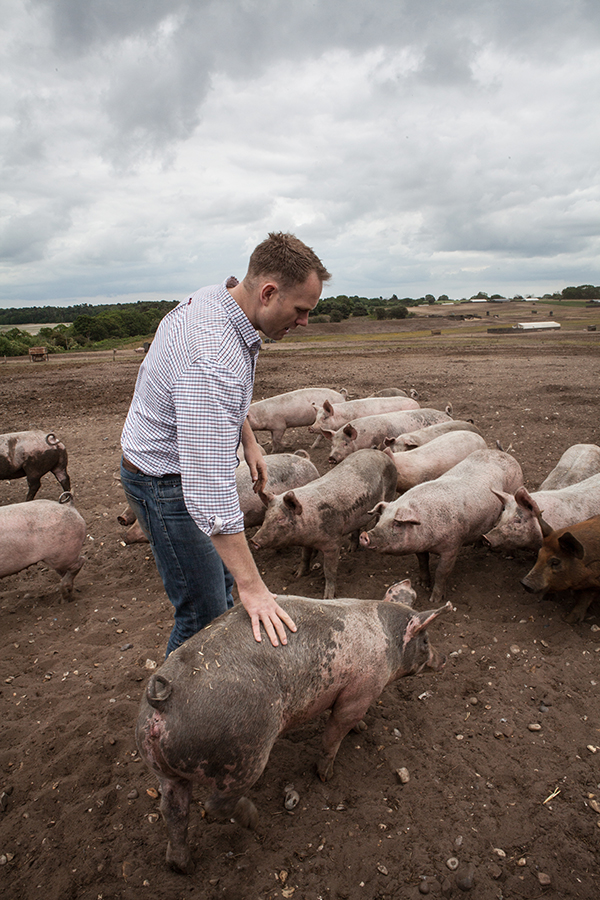 |
| A curious bunch – the finishing herd. |
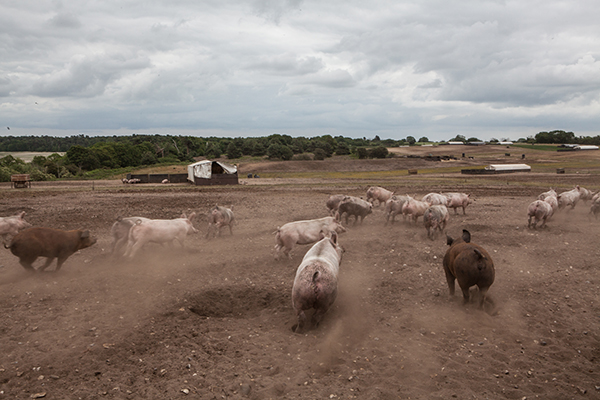 |
| Didn’t I say they love a good run? |
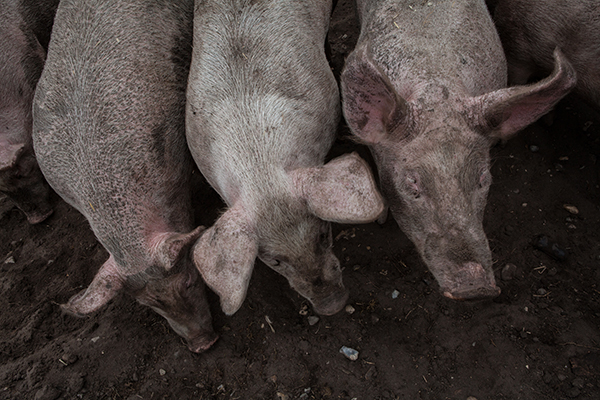 |
| And that they love to eat and root around the mud? |
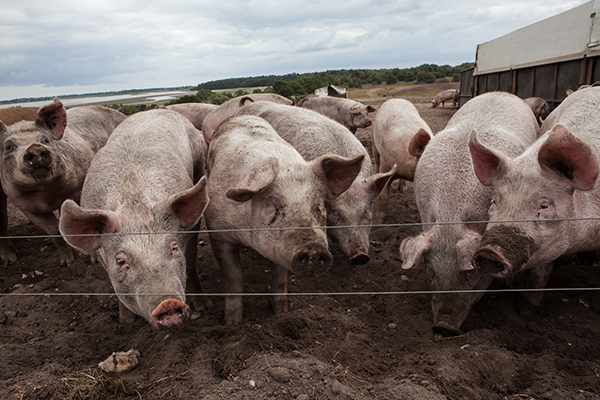 |
| Are you looking at me? Well you’re looking at us human! |
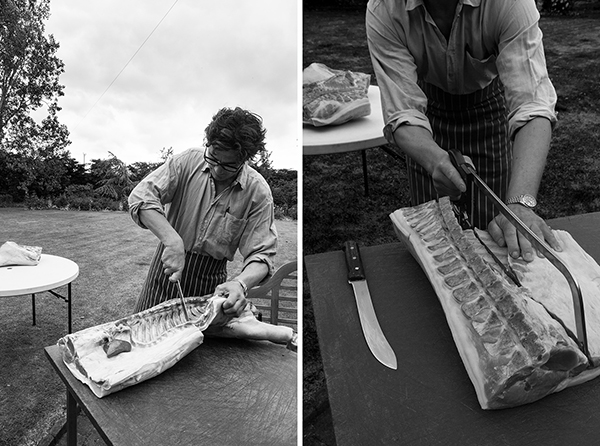 |
| Slaughtered and butchered by Gerard King. |
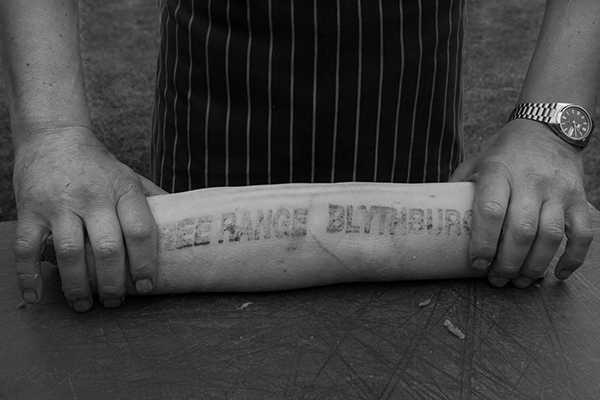 |
| The mark, so you know what you get. |
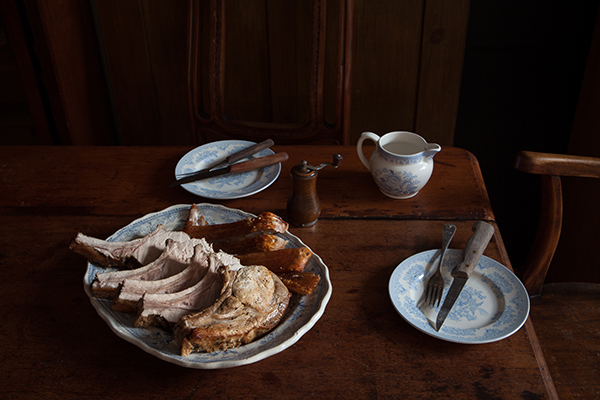 |
| The final stage – the table. |
Thank you very much for inviting me to your family farm Alastair, and for the beautiful pulled pork lunch your mother made us. Thanks Gerard King from craft butcher Salter and King for a butchery demonstration to round up the day and the process from birth to slaughter. Good meat can’t be taken for granted, it has to be respected.
Recipe for the roast coming soon.
My views are my own.
The post How free range is your bacon? appeared first on Miss Foodwise.
]]>The post ‘Osso Bucco’ and why we should eat Rosé veal appeared first on Miss Foodwise.
]]>Veal is a byproduct of the dairy industry, so if you eat a lot of cheese and dairy… eat veal. Even to the vegetarians out there who do eat dairy, please eat veal.
calves are of no use to the dairy industry if there is no demand for
veal and therefore the little animals need to go. Numbers reached 260
000 male dairy calves in 2007.To feed our milk and cheese habit, dairy cows are kept constantly pregnant but while female cows can grow up to become dairy cows like their mothers, there is no room for their brothers. Male dairy calves are not always suitable for producing beef therefore (Rose) veal can offer a good alternative.
TV farmer Jimmy Doherty, is trying to persuade people to try veal.
“Dairy calves are being shot at 24 to 48 hours old and if we drink milk
we all have to share in this instead of leaving the burden of it to the
farmers. Eating rose veal is utilising those calves and solving a
problem,” said Jimmy Doherty, who is raising veal calves on his own farm.
When
you buy veal, try and find ‘rosé veal‘ this high-welfare veal comes
from calves that are not fed the restricted diet mainly consisting of
‘milk replacer’ that is needed to produce the ‘white veal’ meat, it keeps the meat light colored.
 |
| this little one couldn’t get enough of mommies milk… |
Rosewood farm raises their dairy bulls for beef, they deliver England, Wales and Scotland
Calf at foot dairy produces raw milk and grass fed ruby veal from her gorgeous Jersey cows
Suffolk
Calf at foot dairy
The post ‘Osso Bucco’ and why we should eat Rosé veal appeared first on Miss Foodwise.
]]>The post Mussels with Belgian fries for Food Revolution day appeared first on Miss Foodwise.
]]>
…
As Jamie says in his article for the Huffington Post, “Food Revolution Day is an opportunity for everyone around the world to
do something. The Food Revolution and Food Revolution Day is about
empowering people through education or, frankly, just inspiring people
to be more street-wise about food, where it comes from and how it
affects their bodies. If you know how to cook you can save yourself
money, feel better and live longer, and the chances are, your kids will
follow suit. After all, we all kind of become our parents in the end.”
People tend to see Jamie as that cheeky guy from Essex, the naked chef. What a lot of folks don’t realize is the fact that he actually uses his ‘celebrity chef’ status to do good, to make a change. In 2005 he declared war to the unhealthy British school dinners, in 2010 he took the fight to Amerika. He has built kitchens all over Britain with his Ministry of Food, to learn people how to cook so they can teach others to do so as well. He is passionate about food and people’s relationship with food.
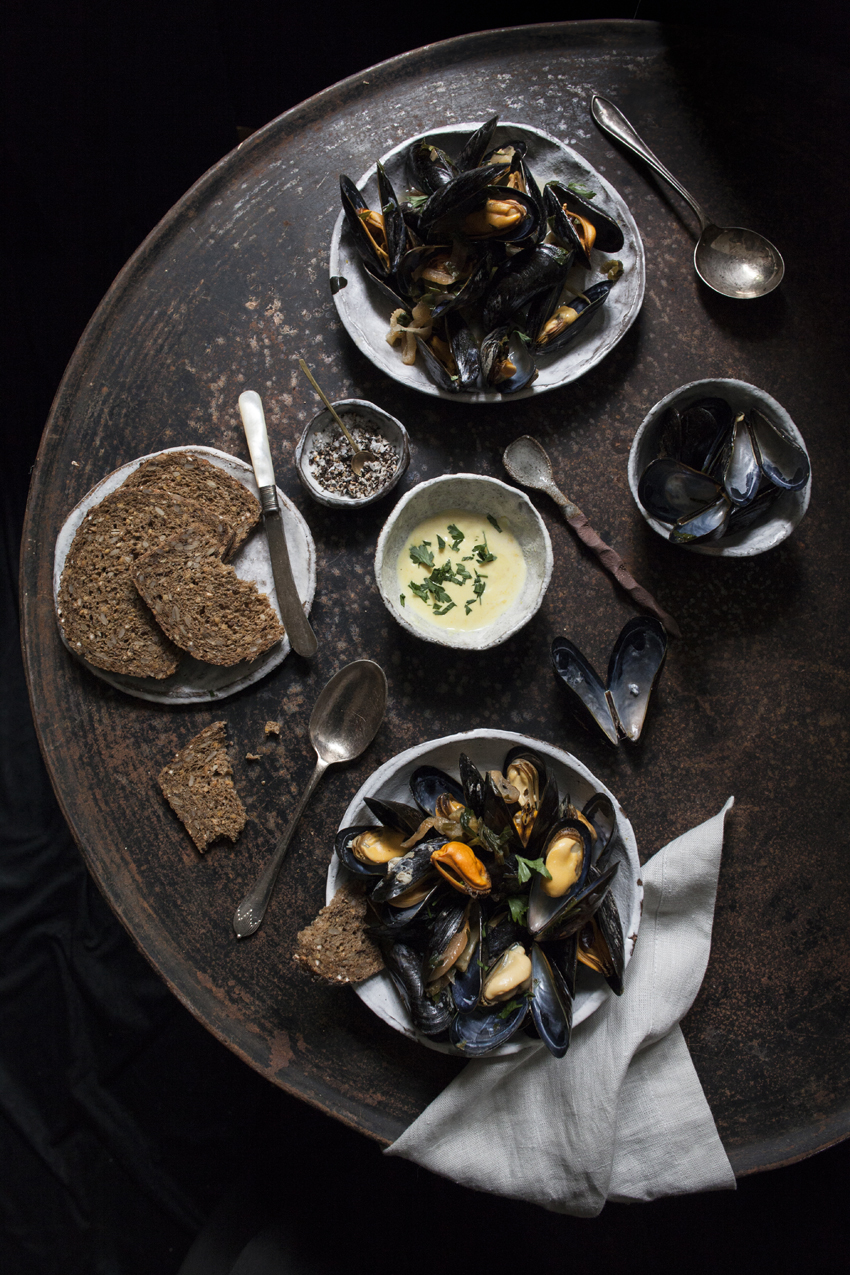
Today on 19 May, Food Revolution Day will happen in kitchens, homes and communities around the world.
We are friends who have one big thing in common; our love for food – real food. So we found it very important to get involved. As we live in various places around the world and we couldn’t sadly be together for this day, we
are having a ‘virtual Potluck‘ dinner, this is where every guest brings a dish
she or he made to the table. We are
all preparing local sustainable food, in the hope to inspire others to
cook on this day. The dishes will be easy to cook and no processed food is allowed.We can’t be together today ladies, but we are closer together than some people will ever be. Have a wonderful Food Revolution Day!
…………………………………………………………………….
Vanilla honey rhubarb galette by Zita from ‘Zizi’s adventures’ in Hungary
Rhubarb Panna Cota by Sarka from ‘Cook your dream’, England-originally from Czech Republic
……………………………………………………………………………
I am preparing Moules et frites, Mussels with real Belgian fries.
Like oysters and clams, mussels actually clean the water they’re grown in.
They have no impact on the water because they don’t require treatment against disease.
Mussels are also high in protein, zinc, vitamin C, Iron and omega-3 so they are a healthy food choice.It has been said for hundreds of years that mussels are in season in each month that has an ‘R’ in it, but this is an old tale that originated from a time when there was no cooled transport. The fishermen couldn’t get the mussels live and well to their destination.
Now the season runs from July until april for the ‘Zeeuwse’ mussels, so I was very lucky to get the last of the catch.
I live just a 15 minute drive from Zeeland, where the ‘Zeeuwse’ mussel happily lives and thrives in the protected waters from the River Schelde.We are going to bake the Belgian fries in the traditional way using ‘Beef tallow’ for frying. The real ‘Frit kot’ (chip shops) in Belgium still uses this Beef tallow -rendered beef fat- and swear by it because it is actually healthier than the vegetable oil that is been used in a lot of places these days.
Beef tallow is highly resistant
to rancidity and much more resistant to high temperatures than the
vegetable oil. To be safe to eat you can only use the vegetable oil once
but due to its higher price a lot of places use it twice or more,
leaving the customer often with stomach and intestinal pains. Also in flavour, the vegetable oil can’t compete with the beef tallow and as for sustainability… beef tallow also wins because its a by-product!
So if you want to start eating from nose to tail, beef tallow is the way to go. Just ask your local butcher and I’m sure he’ll be happy to oblige.
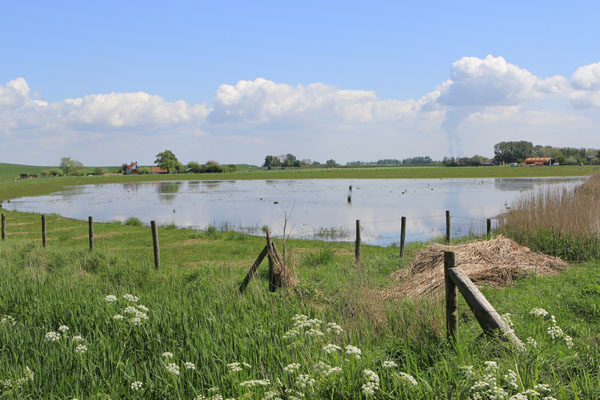 |
| Zeeland |
What do you need (serves 1 as a main and 6 as a starter)
• Seasalt and pepperFor the Real Belgian Fries
• 1 kg potatoes, you need a good starchy potato like Bintjes and Berkeley Bowl
• ‘beef tallow’ for frying, very important to get the real ‘frites’ (ask your butcherfor it)
• SeasaltMethod
The mussels
Select mussels that are tightly closed or that close when you tap them.
Discard the ones with cracked shells.
Use you nose, they should smell clean and salty, like the sea.
Rinse them under running water and don’t be too gentle because you want all the sand to come out.
Remove the beards, clean the shells if you need to.
Cut your vegetables in small dices and put aside.
the ‘allumettes‘ (0,5cm), the ‘mignonettes‘ (0,7cm) and the ‘pont-neuf‘ (1,5-2cm).
The ‘mignonettes’ is the one you want for this dish and also the most common.We have to bake the fries twice to get the result we want.
If you are using a Frying pan, add the beef tallow to the fryer and set your thermometer to 150°. It’s very important to use the right temperature!Peel you potatoes and rinse them.
Cut you potatoes into +/- 0,7 cm discs, don’t be too fussy about the size but do try to keep them all around the same size so they bake evenly.
Then cut the discs into fries.
Dry the fries with a tea towel.If you fat has reached the right temperature, add the fries and fry slightly golden in small batches. (see image below)
Dry them with kitchen paper and leave them on a tray to cool.
You can leave them until the rest of your food is ready and fry them a second time just before serving.
Now back to the mussels
Add the diced vegetables to a large pot to hold all the mussels, sweat the vegetables and add the water. Leave it to boil a few minutes.
Now back to the fries
Get the temperature of the fat to 190°.
Fry the fries in small batches until a beautiful golden color.
Before you put the last batch of fries in in the fat, add the mussels to the boiling water, add the lid and shake.
Leave for 5 minutes and shake.
The mussels should have opened now.
Put the lid back on. Turn of the fire.
Fry the last batch of fries.
Get some mayonnaise and add 1 teaspoon of mustard and 1 teaspoon of cooking water from the mussels. This is you mussel sauce, traditionally you should also add a bit of vinegar to the sauce.
When the fries are ready, sprinkle them with seasalt and serve with the mussels!
Delicious with a pint of real ale or a nice glass of dry white wine!
*Waste none: the leftover vegetables and cooking water of the mussels makes a delicous tomato soup, just add a tin of skinned tomatoes and a tin of tomato puree and bring to the boil. Puree the soup and bring to the boil again.
Enjoy!
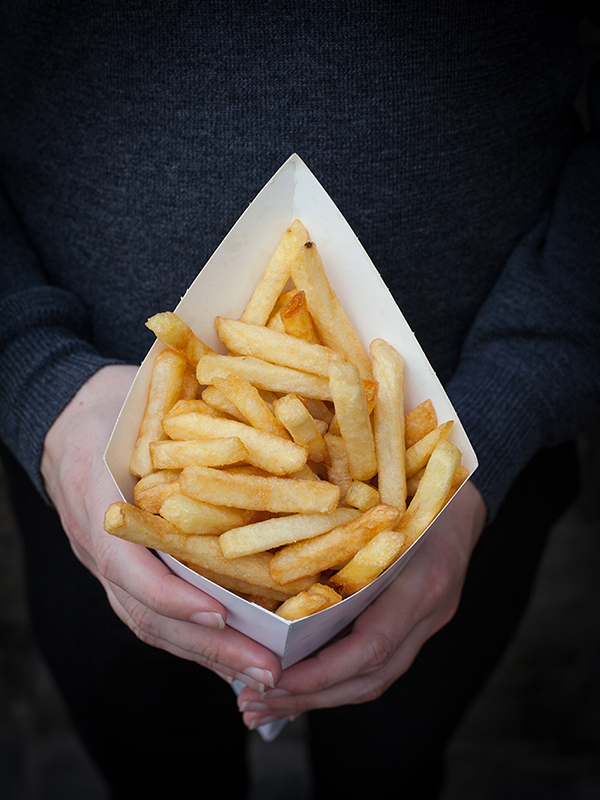 |
| Ah Belgian pride in a cone |
Try and find out if you can buy meat and or vegetables straight from a farm so you reduce your carbon footprint but also by creating awareness about where your food comes from. I will probably mean ordering your meat, veggies and dairy in advance sometimes but this will reduce the trips you usually make to the superstore.
More time to cook!
By buying straight from the producer you reduce the amount of food that is thrown in the garbage and you also have a hand in the fact that less animals will be killed in vain.
I strongly feel that no animal should be slaughtered if it’s not going to be eaten nose to tail.
Not just for animal welfare but also for environmental reasons.
The carbon footprint of livestock is huge and if we keep up the current way of life, we will one day need to go vegetarian because the earth is just not producing enough food to feed the whole planet.
Eat less meat, but good quality meat from local farms instead of intensively reared meat.
Happy animals produce better and healthier meat!
Would you like to donate to Food Revolution Day? DONATE
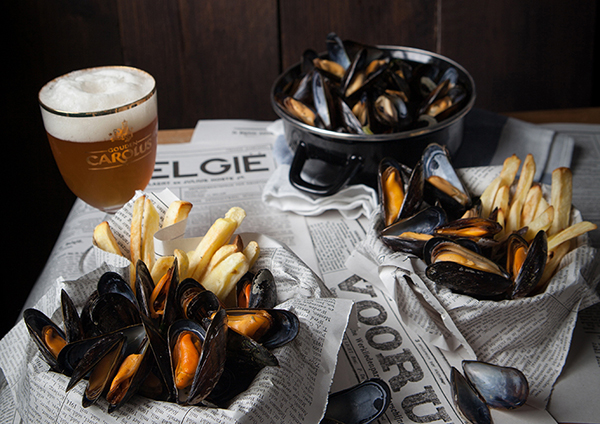 |
| The complete picture, mussels, fries and beer |
Please feel free to leave a comment, I love reading them!
The post Mussels with Belgian fries for Food Revolution day appeared first on Miss Foodwise.
]]>